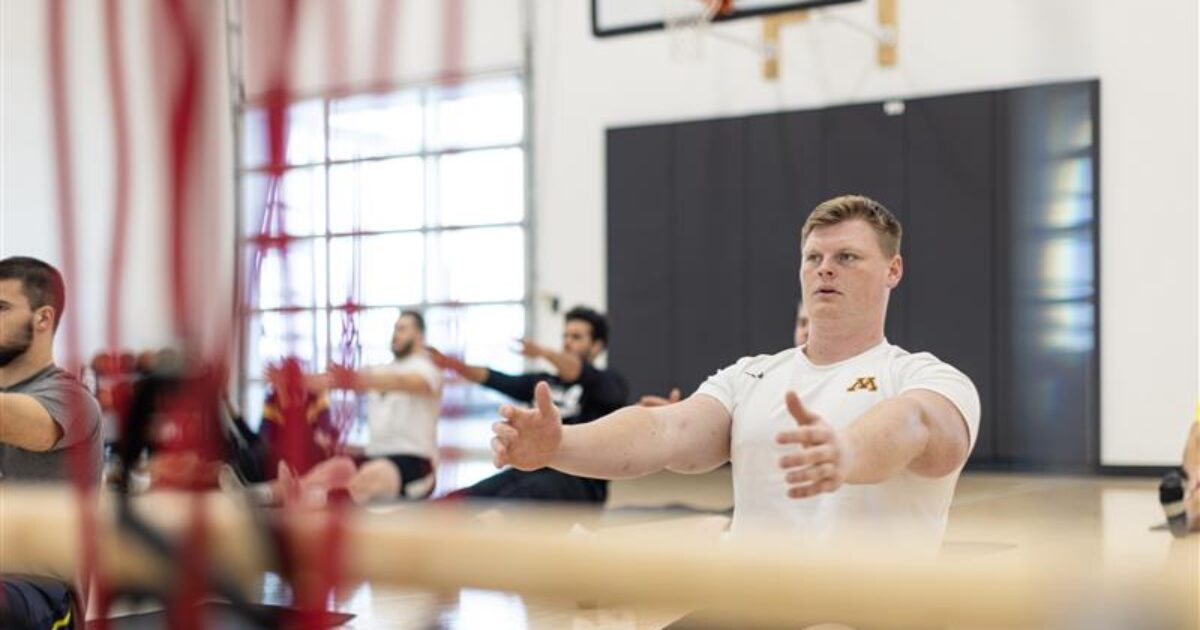
December 12, 2017 - TCO
What kids can learn from how the pros stretch
Athletes are led through a stretching routine by strength and conditioning coaches before practices and games.
Strength and conditioning coaches call out instructions to players that are lined up. Team captains are typically at the front of the formation, facing teammates as they loosen their muscles. The players are fine-tuned athletes who have learned proper techniques.
The time commitment and attention to detail placed on stretching shows its importance to professional athletes.
Stretching often is considered a safe and gentle activity. You may have grown up being told stretching was a good warmup for preventing injuries. Sports broadcasts frequently show players on the field going through pregame stretching routines. In the past decades, though, science has shown stretching can be harmful if overdone.
Overstretching can cause injuries, especially in kids and teens. Since they have open growth plates, which are often weaker areas, stretching can lead to bone injuries instead of muscle strains.
For kids and teens, three key principles stand out:
- Since bones can grow faster than muscles, it’s important to avoid intense stretching or stretching for long periods of time.
- Uncontrolled hypermobility could lead to permanent damage of joints, ligaments and blood vessels. Kids should be taught how to protect joints while stretching rather than pushing into loose ligaments.
- Kids don’t have the hormonal development for strength training in the same way adults do. They rely on their nervous system to control their joints. However, holding prolonged stretches can impair nervous system control for up to one hour.
So, what’s proper stretching for kids? Two types of stretching, often done by pro athletes and recommended by physical therapists, apply:
Dynamic stretching
With dynamic stretching, a person moves through progressively larger ranges of motion, faster speeds and more complex patterns during a warmup routine. This should be done before a sports performance or activity.
Dynamic stretches include:
Static stretching
In static stretching, a person holds a stretch for a longer period of time. Static stretching can decrease muscle performance for up to an hour, so it should be saved for after a sports activity or performance. For improvements with flexibility, do four sets of 30-second holds on key stretches.
Static stretches and that part of the body they benefit include:
- Downward dog: Shoulders, lower back, hamstrings, calves
- Modified hero: Hip flexors, quads, shoulders
- Figure 4: Glutes, lower back
- Child’s pose: Lower back, ankles
- Roller arch: Upper back, chest, shoulders
Considerations
Stretching with a partner could be considered a type of static stretching, but it isn’t recommended for kids as they usually can’t detect if they’re stretching a partner too much or too fast, which could lead to an injury.
Kids can benefit from including dynamic stretches in their warmup and static stretches after an activity to improve flexibility. But special considerations such as growth spurts, open growth plates and control of hypermobility should be taken into account to help minimize injury risks.

